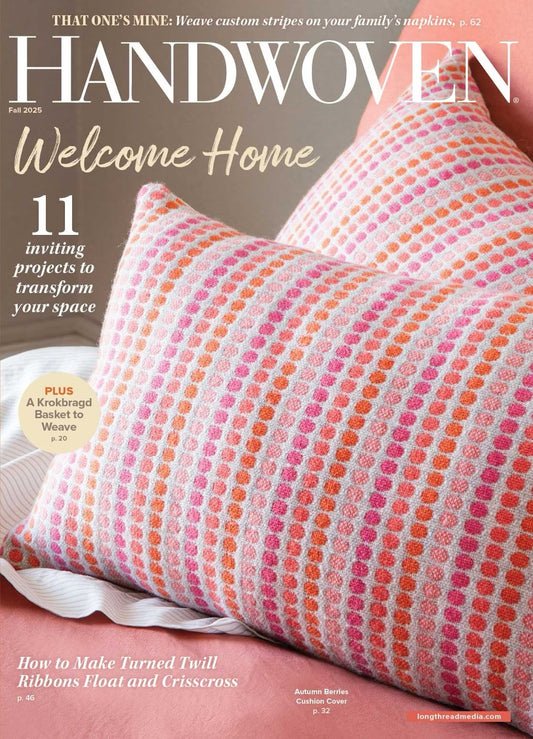|
PieceWork September/October 1995
Now available for individual download!
|
| |
|
Flower Blossom, Powder Puff, Bonbon, Yo Yo: The Roots Run Deep
Learn the history of this ornamental fancywork technique that achieved popularity in the 1930s. According to Virginia Gunn, “The yo-yo technique is simple: circular motifs are made by cutting fabric circles, turning under the edge of each with a small running stitch , and drawing up the stitching to form a two-layered disk with a small hole in the center of the top layer. Usually the fabric disks are joined with an overhand stitch to form a lacy fabric of circular motifs, or the individual disks can be appliqued to a background fabric.” Learn all about this technique in Virginia’s article.
|
| |
 |
| |
|
Sara Hadley and Royal Battenberg Lace
“The story of Royal Battenberg lace and that of the lace designer, maker, and author Sara Hadley (1860-1927) are inextricably intertwined. Sara enthusiastically promoted Royal Battenberg lace, as she did many of the other laces that she termed "modern": those made with machine-made braids and cords joined by hand stitching.” Learn Sara Hadley’s story and get A Battenberg Lace Collar to Stitch.
|
| |
 |
| |
|
Striking Tapestry Crochet of Guatemala
Learn about the crocheted bags, called morrales, carried and primarily made by men in Guatemala, that are used to transport daily necessities. Called tapestry crochet by the author, this style of crocheting durable fabric is also known as “jacquard” or “mosaic” crochet. Read all about this technique and its history, and try it for yourself with the Purse to Tapestry-Crochet pattern.
|
| |
 |
| |
|
Jacobean Embroidery: Stitching Together East and West
Jacobean embroidery is a wool needlework characterized by distinctive floral designs, which originated in England in the early seventeenth century. It was usually worked on a linen fabric. Learn the history and origin of this embroidery technique, and get your own Jacobean Motif to Embroider.
|
| |
 |
| |
|
A Tale of Scottish Kilt Hose
“What we know today as Scottish ethnic dress is based on Scottish Highlanders' dress and was refined in the nineteenth century with the support of Queen Victoria, who encouraged the wearing of tartans and kilts by the British military units formed in Scotland of Scotsmen.” Learn all about traditional Scottish dress, the kilt hose that captivated author Galer Britton Barnes, and create your own replicas with the Borreraig Park Kilt Hose to Knit pattern.
|
| |
 |
| |
|
Trimmings: A Sampling of Old Patterns
Enjoy this sampling of patterns, charts, and instructions from old magazines and books and reprinted in PieceWork. Enjoy making tatted edgings, designs for either filet crochet or cross stitch, bead embroidery on canvas, and more!
|
| |
 |
| |
 |
|
In every issue of PieceWork magazine, you will be amazed at the amount of information packed into these pages:
- Be inspired by needleworkers past and present. In each issue, you’ll meet needleworkers with unique stories to tell and special projects to share.
- Explore traditional needlework throughout history. In addition to the people who did the work, you’ll get an up-close look at what they created and how they did it.
- Test your needlework techniques with projects ranging from embroidery to knitting, quilting to beading, and crochet to cross-stitch.
- And so much more!
This issue was scanned from an original printed issue.
|
















